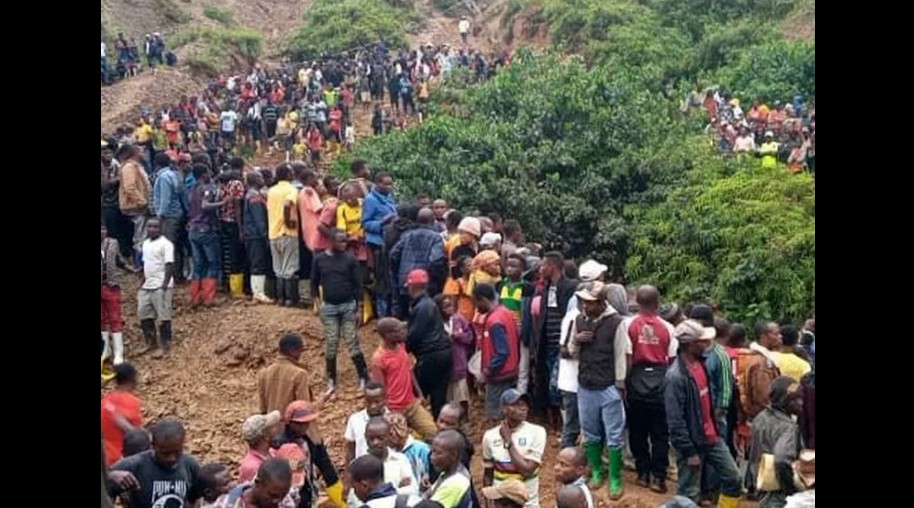- Details
- Politics
Tragedy in Southeastern Congo: 32 Dead in Mine Bridge Fall
A bridge at the Kalando copper and cobalt mine in Mulondo, Lualaba province, collapsed on Saturday, killing at least 32 people and injuring several others, according to regional authorities and a government mining agency report.

How the Tragedy Unfolded
Provincial interior minister Roy Kaumba Mayonde told reporters that “despite a strict prohibition on accessing the site due to heavy rainfall and the risk of landslides, illegal diggers forced their way into the quarry.”
The collapse occurred as miners crowded onto the bridge to flee gunfire from soldiers, triggering panic and causing the structure to give way.
Conflicting Death Tolls
The SAEMAPE agency (Artisanal and Small-Scale Mining Support and Guidance Service) said at least 40 people may have died, noting that bodies were found “piled on top of each other.”
The discrepancy reflects the chaotic conditions and the absence of formal oversight at illegal mining sites.
Disputed Control and Militarization
The report highlighted ongoing disputes among wildcat miners, a local cooperative, and the mine’s legal operators, intensified by the presence of armed soldiers at the site.
Tensions over who controls Congo’s lucrative mineral deposits have frequently led to deadly clashes.
Congo’s Cobalt Paradox
The Democratic Republic of Congo produces more than 70 percent of the world’s cobalt, critical for lithium-ion batteries powering electric vehicles and electronics.
Yet, the industry is mired in corruption, child labor, and unsafe conditions. Chinese firms reportedly control around 80 percent of Congo’s cobalt production chain.
In the broader east, mineral-rich territories remain destabilized by fighting between government forces and militias including the Rwanda-backed M23, worsening the humanitarian crisis.
Context and Outlook
While authorities have promised an inquiry, rights groups warn that repeated artisanal mining disasters reflect deeper governance failures and the exploitation of vulnerable communities in Congo’s resource heartland.
- Details
- News Team
- Hits: 61
